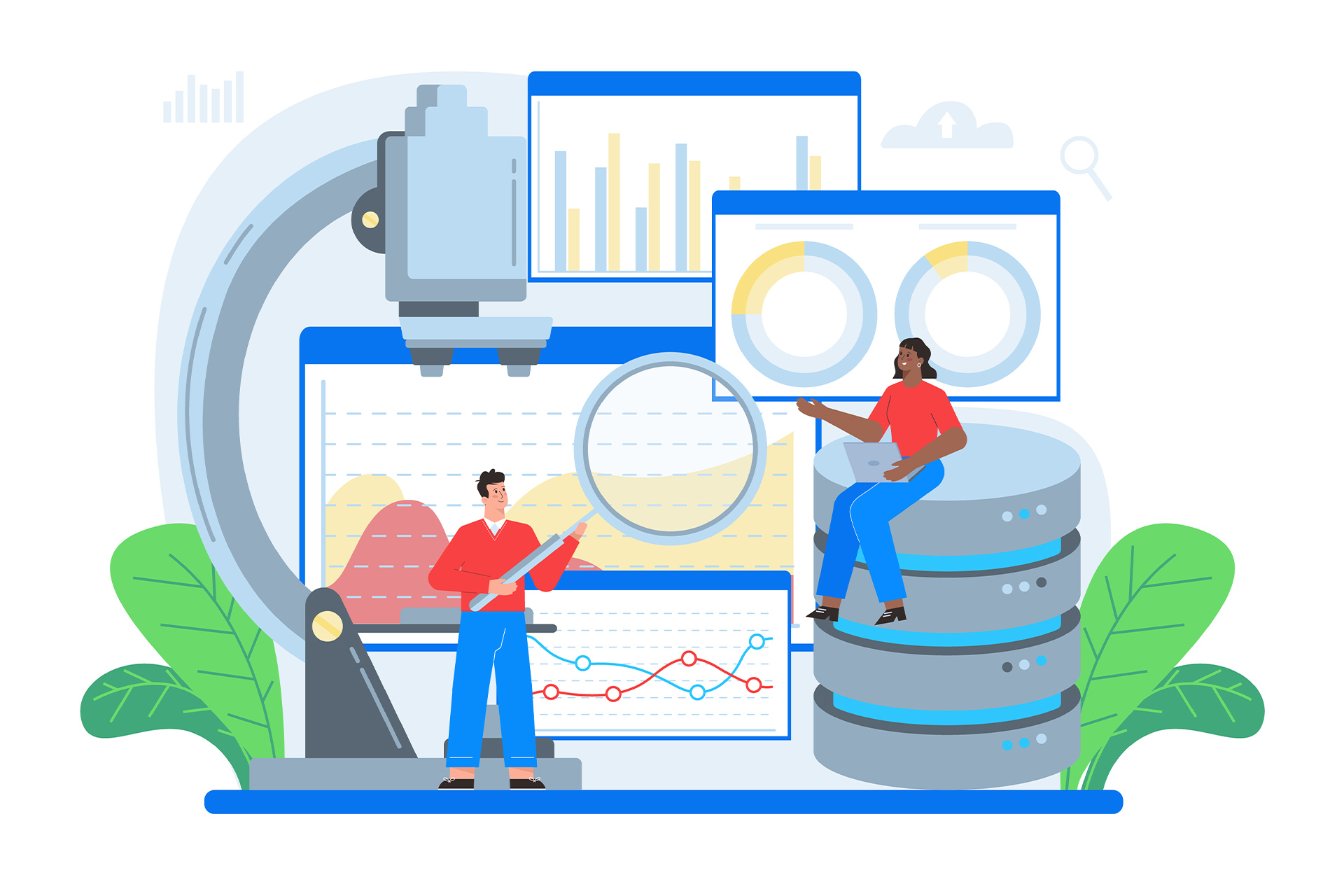Web analytics is a critical aspect of any online business or website, providing valuable information about user behavior and website performance. In today’s digital age, understanding web analytics is essential to optimizing your online presence and achieving your business goals.
What are web analytics?
It is the measurement, collection, and analysis of data to understand and optimize website usage. It involves tracking various aspects of website performance such as traffic, user engagement, conversion rates and more. By leveraging analytics tools and techniques, businesses can gain valuable insights into how users interact with their website and make data-driven decisions to improve their online presence.
Web analytics plays a key role in the success of any online business for the following reasons:
1.Understanding user behavior: Web analytics provides valuable information about how users navigate the website, what content they engage with, etc. This information helps you optimize your website to improve the user experience.
2.Performance measurement: by tracking key metrics such as traffic sources, bounce rates and conversion rates, you can measure the effectiveness of your online marketing efforts and make informed decisions to improve performance.
3.Optimize marketing strategies: Web analytics even helps you determine which marketing channels drive more traffic and conversions, allowing you to efficiently allocate resources and optimize strategies for better results.
4.Improve website design: by analyzing user behavior and engagement metrics, you can identify areas of your website that need improvement and make data-driven design decisions for a better user experience.
Basic measurements in tissue analysis
There are several key metrics in web analytics that businesses should track to measure website performance and user engagement. Some of the most important metrics include:
1.Traffic sources: This metric shows where your website traffic is coming from, whether it’s organic search, direct traffic, referrals, or social media. Understanding your traffic sources helps you focus on the channels that drive more traffic.
2.Bounce Rate. A high bounce rate may indicate that your website content or user experience needs improvement.
3.Conversion rate: Conversion rate measures the percentage of visitors who take a desired action on your website, such as making a purchase or subscribing to a newsletter. Tracking conversion rates helps you evaluate the effectiveness of your website in driving user actions.
4.Page load time: Page load time is a critical metric that affects user experience and SEO. Slow load times can lead to high bounce rates and lower search engine rankings, so it’s important to monitor and optimize your website’s performance.
Conclusion
Web analytics is a powerful tool that provides valuable insights into user behavior, website performance and digital marketing strategies. By using them effectively, businesses can optimize their online presence and user experience, as well as increase conversions.
